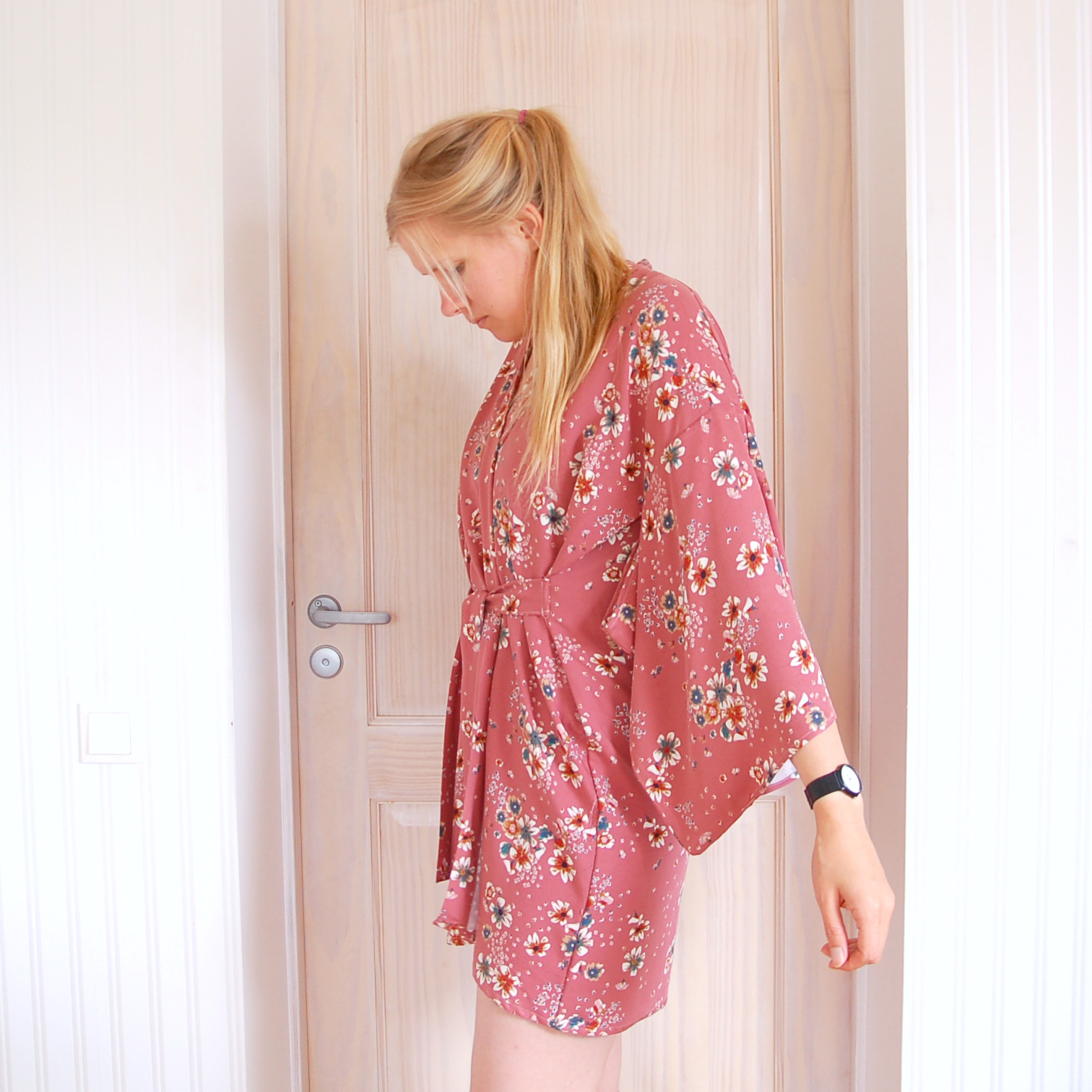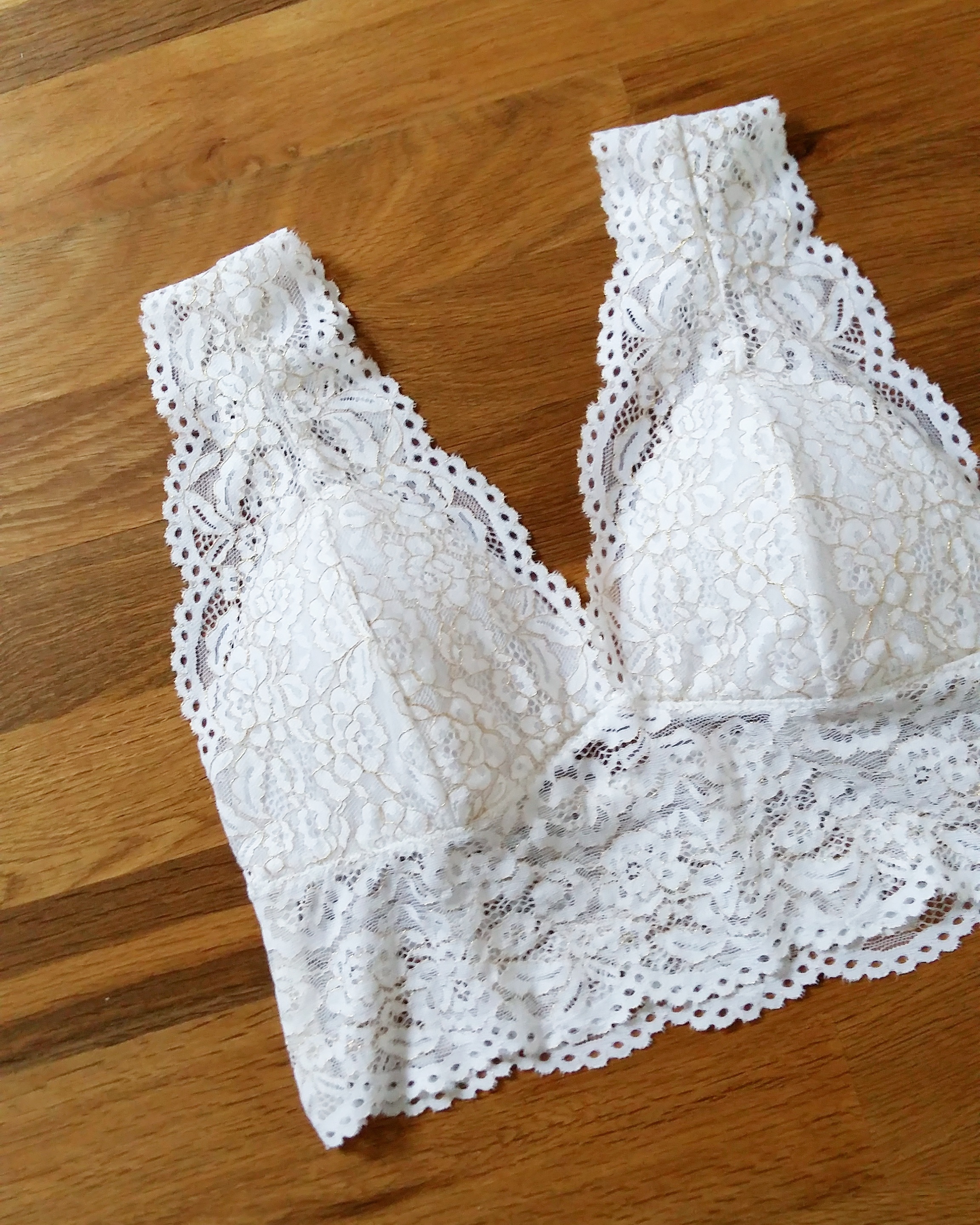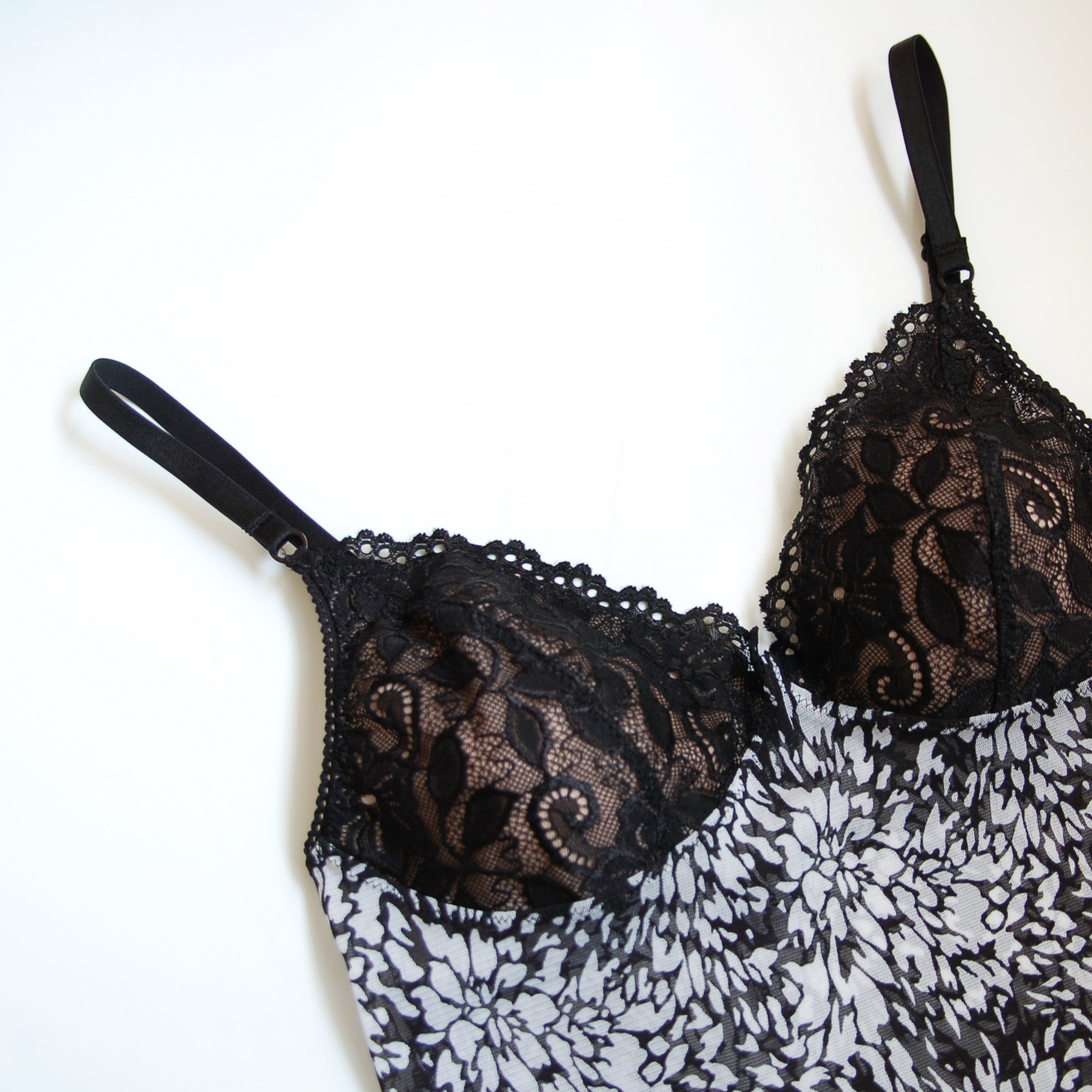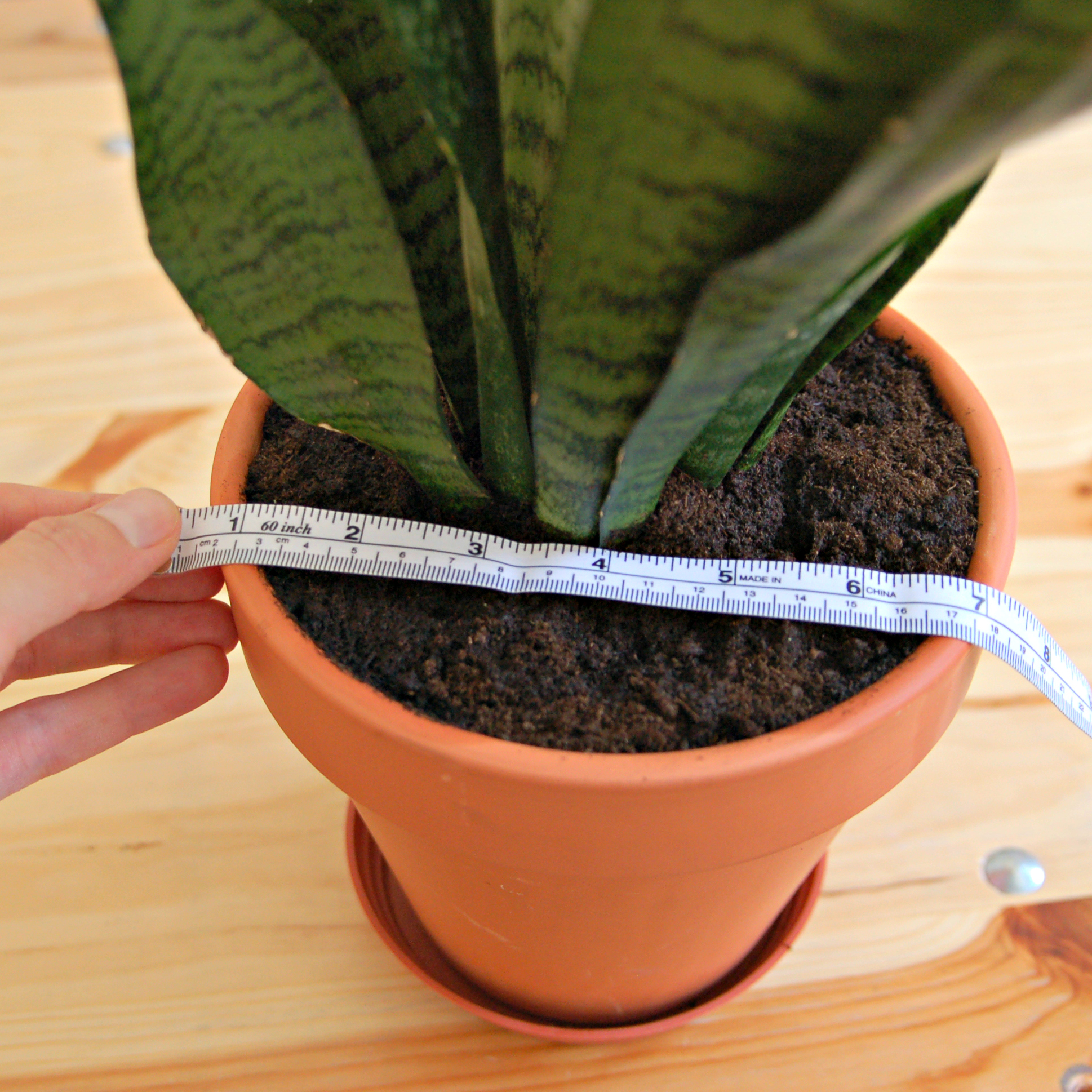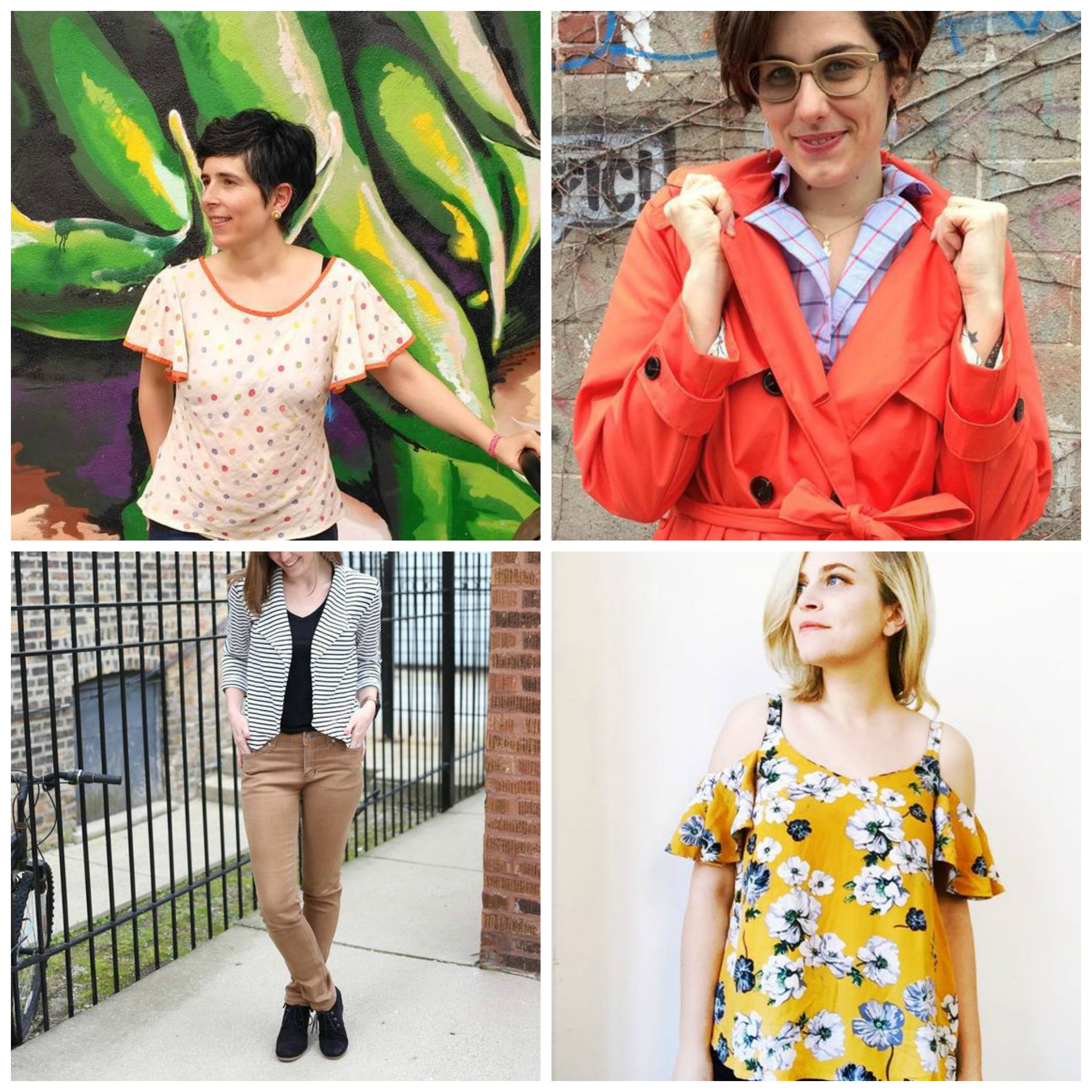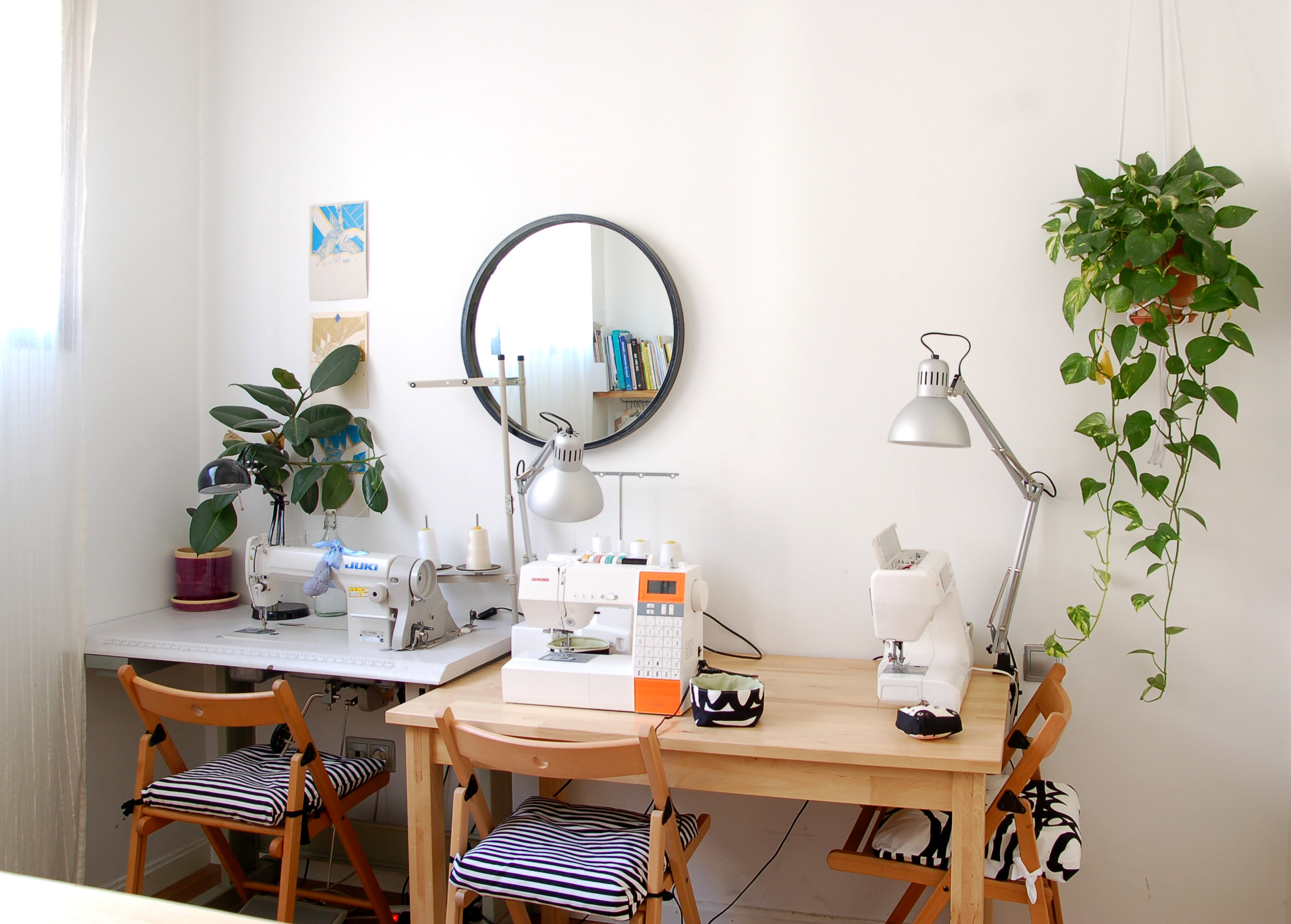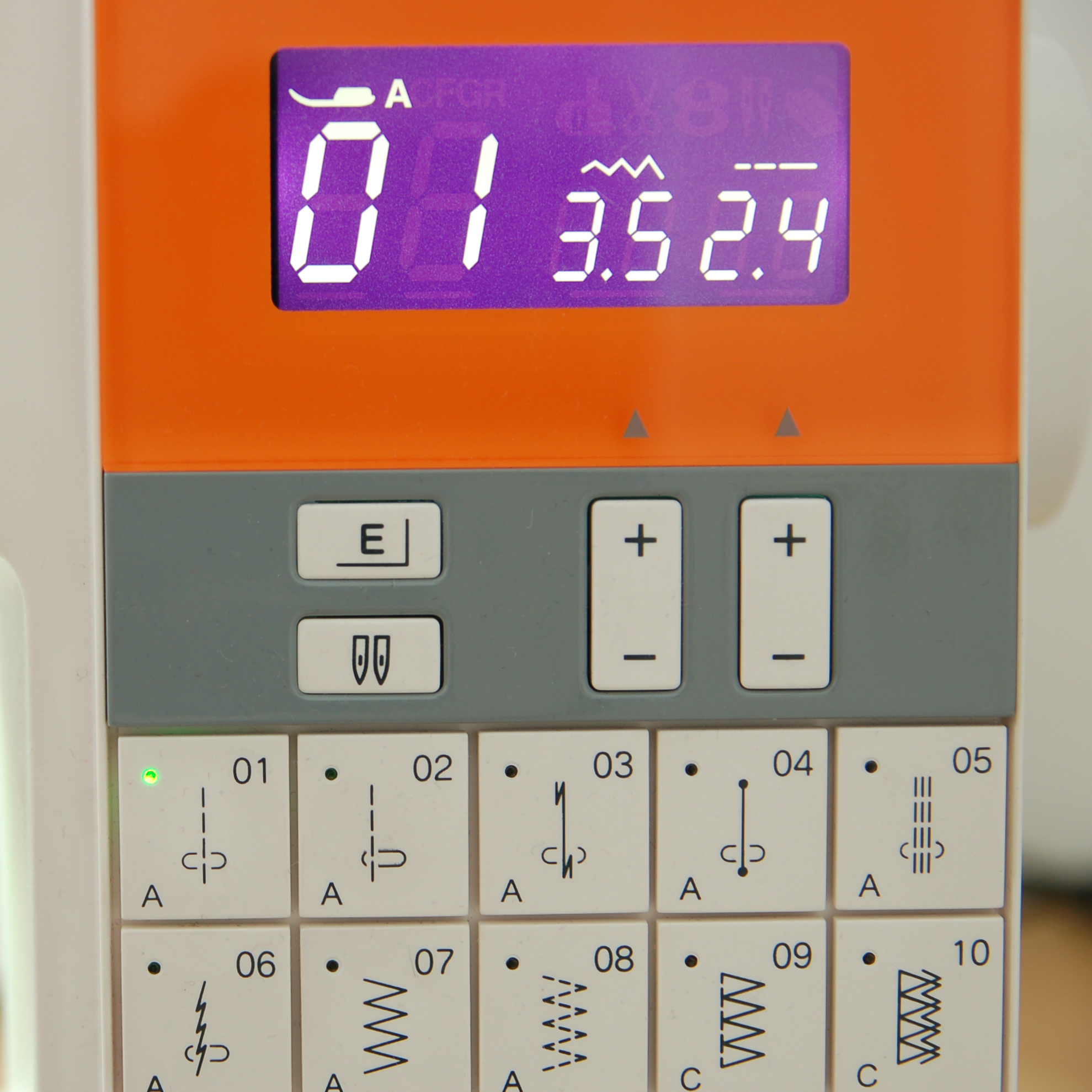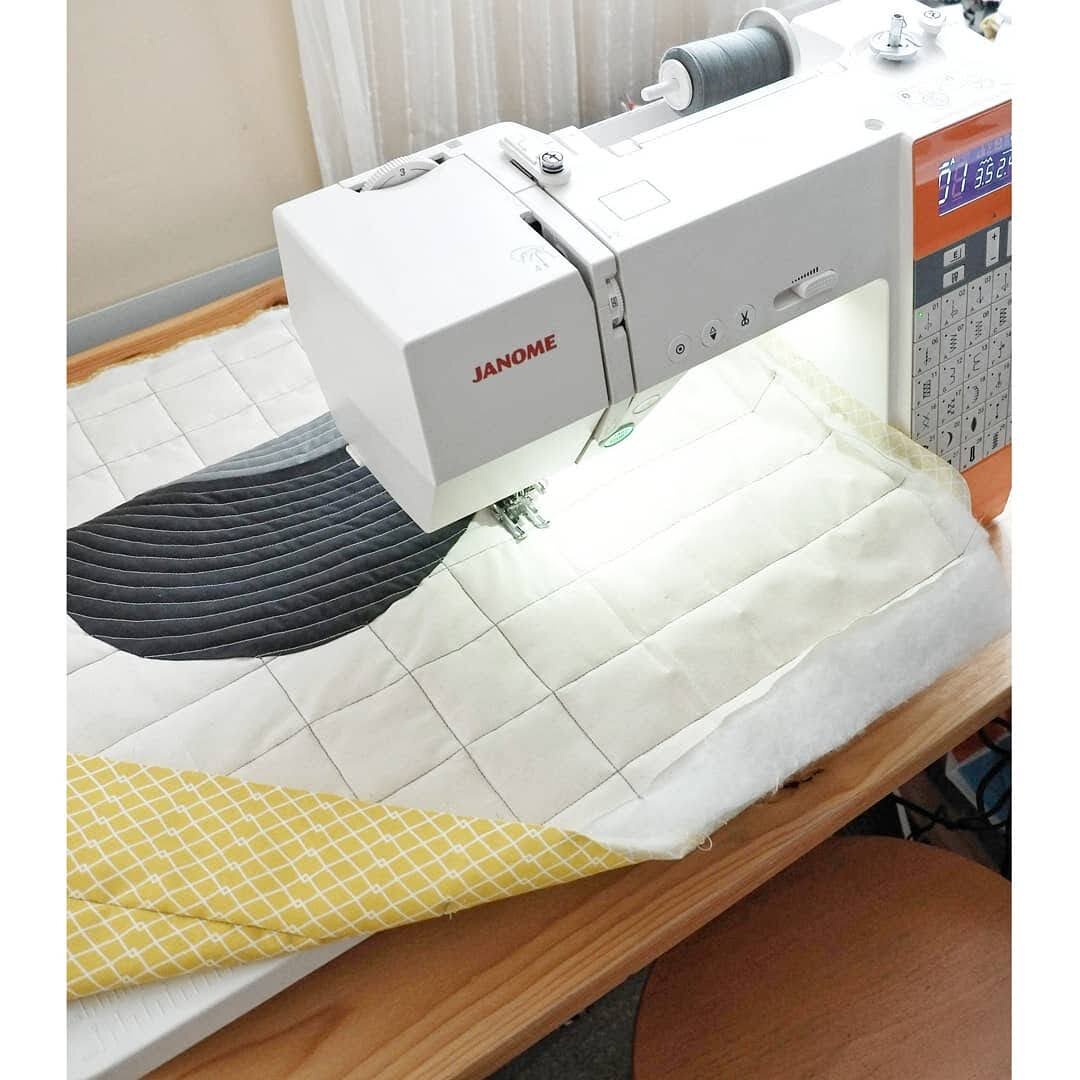Hola! Ya lo sé...este post empieza con un abrigo! En pleno mes de julio! Pues así estamos aquí en el polo norte...con una media de 15 grados y viento todo....este..."verano". Si lo lees en Madrid te va dar un calor sólo en pensar en esta tela de softshell que he usado, jajaaa. Pero aquí vamos...porque no todo el mundo tenemos la suerte de estar en la playa. Pensando en positivo...por lo menos no hay que sudar todo el rato, jajaa. (Estoy practicando muy bien lo de pensar en positivo porque hay una cosa sobre mí que igual no sabéis: siempre prefiero antes el calor que el frío, jaja)
Hey! I know...this post starts with a jacket! In July! Well, this is how we roll here at North Pole...an average of 15 degrees and wind during all...the..."summer". If you're reading this post in Madrid it must make you feel bad even to think about that softshell fabric I've used for this project, hahaa. But here we go...because not everyone's so lucky to be at the beach now. And well...positive thinking: at least you don't have to sweat here all the time, haha. (Really practicing that positive thinking because here's a fun fact about me: I always choose hot weather over the cold one, hahaa).
Así que cuando llegué a mis "vacaciones en el norte" me di cuenta que la niña no tiene ropa adecuada para poder estar fuera jugando como tiene que ser, me había olvidado que hacía tanto frío. Otra vez. . Así que antes de cualquier cosa me puse a hacer un pequeño conjunto "capsulo" para ella (ya lo sé...igual lo normal sería ir a H&M pero os recuerdo que estáis leyendo a un blog de costura, escrito por una loca de costura, jaja). Para empezar hice este gorro y bufanda, los dos son del Ottobre Design 4/2015 y se hacen muy rápido. La tela es punto de algodón con 5% de elastán, comprado en Tallinn, el estampado es monísimo!
So when I arrived to my "vacations in the North" I saw that my kid didn't have proper outerwear clothes to play outside...I had forgot that it's that cold. Again. So before sewing other stuff I made a little capsule wardrobe for her (I know...the normal thing would be to go to the H&M but let me remind you that you are reading a sewing blog, written by a sewing nerd, haha). To start with I made this beanie hat and a scarf, both of them are from Ottobre Design 4/2015 and they are very fast makes. The fabric is a cotton knit with 5% elastan, bought in Tallinn and the print is so cute!
Segundo proyecto: pantalones para poder sentarse en el cesped o en la arena sin mojarse el culo...así tal cual. En casa tenía un softshell negro por fuera y gris por dentro y decidí hacer un par muy sencillo con esa tela. Usé el patrón "Up and Run" del Ottobre Design 1/2017 ya que está hecho para telas sin elasticidad. No hice los bolsillos ni la falsa bragueta como en la versión original y la cinturilla la hice añadiendo 4 cm a las piezas para poder doblarlo y meter allí directamente la goma elástica. Los puños son también de un puño-tubo que tenía por casa y aunque en azul marino, le vale para este pantalón.
The second project: pants to be able to sit on the grass and sand without getting your butt wet...quite straight forward, right. I had this softshell fabric at home in black and grey on the inside so I made a very easy pair with it. I used the "Up and Run" pattern from Ottobre Design 1/2017 as it's made for fabrics without elasticity. I didn't sew the pockets nor the mock fly as in the original version and I made the waistband casing adding 4 cm on the upper edge to be able to turn it under and put the elastic tape directly in there. The cuffs are made from a cuff tube I had at home and altough it's navy blue it does the job anyway.
Y ahora por la chaqueta. Ya sé que lo hice yo y blablabla, pero es tannn bonita, jajaa!!! Igual os suena esa tela porque la usé ya antes para otra chaqueta, se puede ver en este post. Lo que pasó la última vez es que realmente el patrón que usé era para una prenda más ajustada, una sudadera. Y no tenía mucha holgura y con lo rápido que crecen los niños...esa chaqueta por desgracia se quedó pequeña en nada de tiempo.
And now the jacket. I know it's me who made it and blablabla but it's just soooo cute, hehe!!! Maybe you remember that fabric because I used it before for another jacket, you can see it in that post. What happened the last time was that the pattern I used was actually for a closer fitting garment, for a hoodie. It didn't have a lot of ease and as children grow so fast...unfortunately this jacket ended up beaing too small really quickly.
Esta vez fui más inteligente (lee: usé mi cerebro) y usé un patrón diseñado para telas de softshell, el "Warm Inside" de Ottobre Design 4/2015. Quiero decir gracias a Auxi quien me mandó las instrucciones en castellano porque mi revista está en ruso y el gorro y la bufanda, pues vale, pero este proyecto no lo iba a adivinar así tan fácil. Qué bueno es tener amigas costureras para ayudarte en apuros así!!
Hice todo según las instrucciones menos unas tiras en las mangas que no me parecieron ni útiles ni bonitos. Como ya dije, la tela es un softshell muy bonito con estampado por fuera y rosa por dentro (comprado en Tallinn). Para las vistas había que usar algodón pero para combinar mejor los colores tenía una loneta azul-verde mint que me gustó más y opté por usarla. Los puños son de punto de puño verde mint.
This time I was more intelligent (read: I used my brain) and used a pattern designed for softshell fabrics, the "Warm Inside" from Ottobre Design 4/2015. I'd like to thank Auxi for sending me Spanish instructions as I only had the magazine in Russian and well the hat and the scarf were OK, but this project needed some more in depth instruction reading. How nice it is to have sewing friends for these occasions!!
I made the jacket according to the instructions apart from the part of the bands on the sleeves that din't seem very practical nor beautiful to me. As I said before the fabric is a pretty softshell with print on the outside and pink color on the inside (bought from Tallinn). Tha pattern called for a cotton fabric for the facings but I had a light weight canvas type of fabric that matched better with the color so I used that one instead. The cuffs are made from a rib knit in mint.
Otra cosa que hice diferente era no ponerle cremalleras para estos bolsillos ya que mi niña es demasiado pequeña como para darles mucho uso...ya sabes, las llaves, el movil... Pero en general me gusta mucho como han quedado los bolsillos con ese toque de color. Además hay que decir que softshell es una tela muy agradecida para coser porque como no deshilacha, todo es mucho más cómodo y rápido sin remallar. Ahora sí, lo que coses se ve, al descoser tienes los agujeros, así que...cuidado con estos pespuntes vistos!
The other modification I made was to not put zippers on those pocket openings as my kid is too small to actually use them...you know for keys and a cellphone and that stuff... But in general I like a lot how the pockets turned out, this pop of color is really cute. And also just to mention in my opinion the softshell fabric is really good for sewing as it doesn't fray and everything is easier and faster without serging the seams. The downside of course is that when you need to unpick you'll have permanent holes...so be careful with that visible topstitching!
Al principio cuando empecé a coser la chaqueta estaba pensando si podría unir la capucha directamente con el cuello ya que sabía que de todas maneras sería muy raro que lo quitase y realmente no necesitaba todo el tema de automáticos de presión allí. Pero luego recordé que igual no merece la pena modificar un patrón que no has usado antes (gracias, experiencias malas del pasado) y hacerlo por una vez tal cual está escrito y después vemos qué pasa, jaja. Pues estoy muy contenta porque aparte de que parece todo más profesional, no sé cómo describirlo pero de esa manera se queda la capucha mucho mejor. De hecho, lo he notado con mi Kelly anorak, que me gustaría que esa zona de cuello y el cierre etc fuera de otra manera, igual así con los automáticos. Así han hecho por ejemplo en el último Ottobre Design 4/2017 un abrigo de chicas...se podría copiar de allí la capucha "para mayores". Los automáticos de presión son de Prim, del tamaño "Anorak".
At first when I started to sew the jacket I was wondering if I could directly put the hood and the collar together as I knew I'd hardly ever take it away so all the snap action there would be a bit unnecessary. But then I remembered that maybe it wouldn't be very wise to alter a pattern you've never used before (thanks bad memories from the past) and I should do as I'm told and later see how it goes, hehe. Well, I'm happy I did it so as apart from looking more professional, also I'm not sure how to describe it but the hood sits way better that way. Actually I noticed this on my Kelly anorak too, I'd like that collar and hood zone there to be sewn in some other way, maybe with snaps like these ones. For example in the latest Ottobre Design 4/2017 there's a girls coat that's made like this...maybe I can copy the "grown ups" hood from there. The snaps are Prim Anorak style.
Así que creo que eso es todo sobre los detalles de la chaqueta. Normalmente no publico aquí fotos de la pequeña pero está tan mona con su nuevo abrigo que esta vez haré una exepción, jeje. Del tamaño esta vez la cosa ha salido muy bien, hay espacio para este verano nordico y el otoño de Madrid que nos espera también.
Espero que os ha gustado tanto como a mí! Ahora voy a empezar a juntar las telas y demás para algún abrigo para mí también...
So I think that's it abut the jackets details. I normally don't put up photos of my girl but she looks so cute in it and I just have to share, hehe. The size this time is perfect with ease and there's enough room for this Nordic summer and for the upcoming autumn in Madrid.
I hope you liked it as much as I did! I'll be preparing the fabrics now to sew myself a jacket too...










